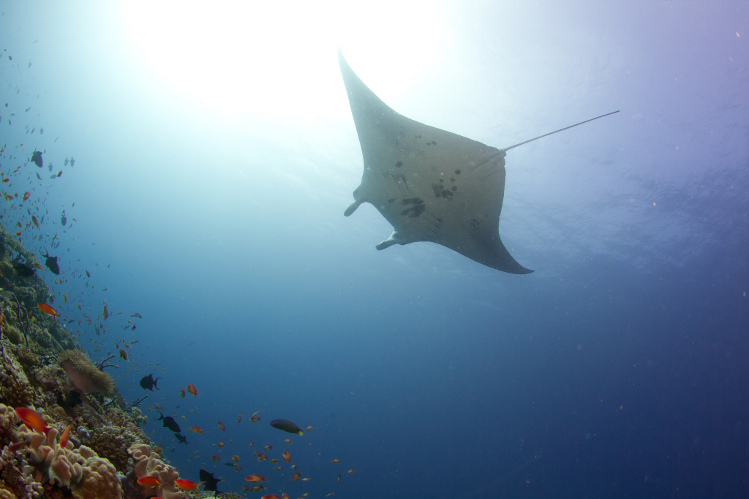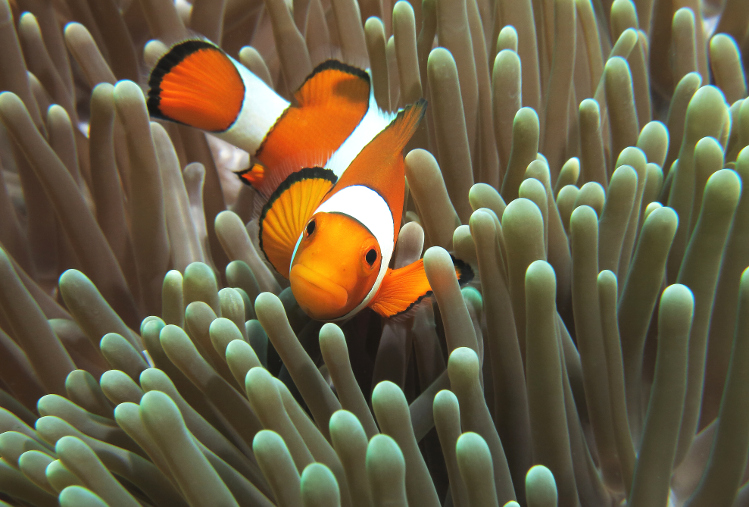
The diving: Indonesia boasts an aquatic Babylon – the warm, clear waters around Gili Trawangan (off Lombok) are home to more than 3500 marine species including reef sharks, turtles, pygmy seahorses and colourful corals.
Why learn here: competition between mostly European-run dive operators (like Manta Dive and Blue Marlin), keeps course fees in check on this relaxed little island, which is also great for snorkelling.
When to go: Gili Trawangan diving is year-round, though many travellers avoid the November to April rainy season.
The diving: just 2.5km offshore, Julian Rocks is one of Australia’s best dive sites. Like a mini Galapagos, the mixing of tropical currents and cooler waters around this volcanic bluff attracts a bounty of marine life including turtles, rays, wobbegong sharks and over 1000 fish species.
Why learn here: the water just gets colder south of Byron, and this hip surf town is more accessible to budget travellers than the Great Barrier Reef. Both Byron Bay Dive Centre and Sundive offer competitive course rates.
When to go: diving is year-round, with summer drawing leopard sharks and manta rays. Cooler winter waters lure endangered grey nurse sharks, and humpback whales are commonly sighted from May to September.
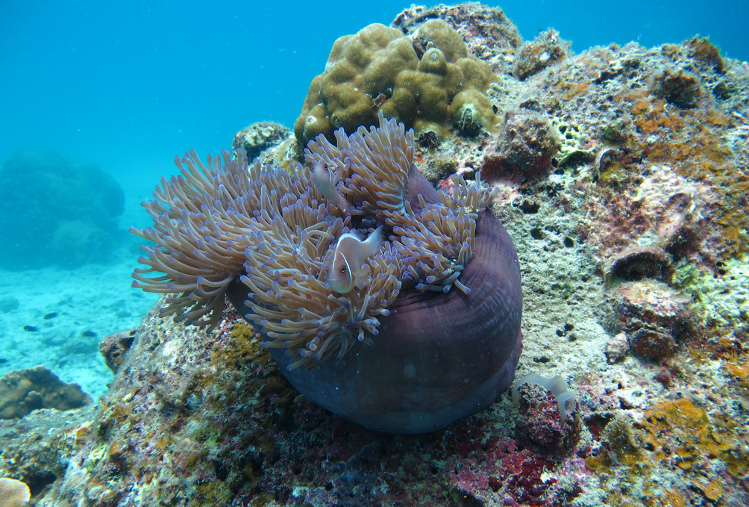
The diving: untouched by the 2004 tsunami, Ko Tao is also one of the few places on earth where it’s possible to spot whale sharks (March to April) along with tropical fish, reef sharks, rays and barracuda during your dive course.
Why learn here: unlike neighbouring party island Ko Pha-Ngan, relaxed Ko Tao is all about diving; calm, shallow sites like Japanese Gardens are perfect for nervous novices. Check out tour dive facilities including Ban’s and Scuba Junction before signing up.
When to go: diving is year-round, with July to September offering the best visibility. Some outfits close during the November to December rainy season.
The diving: with stunning coral habitats literally steps from the beach, relaxed Dahab offers some terrific shore diving and, for advanced divers, there’s also a blue hole.
Why learn here: Dahab feels less chaotic than Egypt’s main dive centre Sharm el-Sheikh, 90km south, but there’s still a decent tourism infrastructure with plenty of dive outfits – Poseidon and Big Blue come recommended. Bolstered by a year-round visibility of 30m, the Red Sea is ideal for beginners.
When to go: diving is year-round, but most travellers find it more comfortable to avoid the blistering heat from May to September.
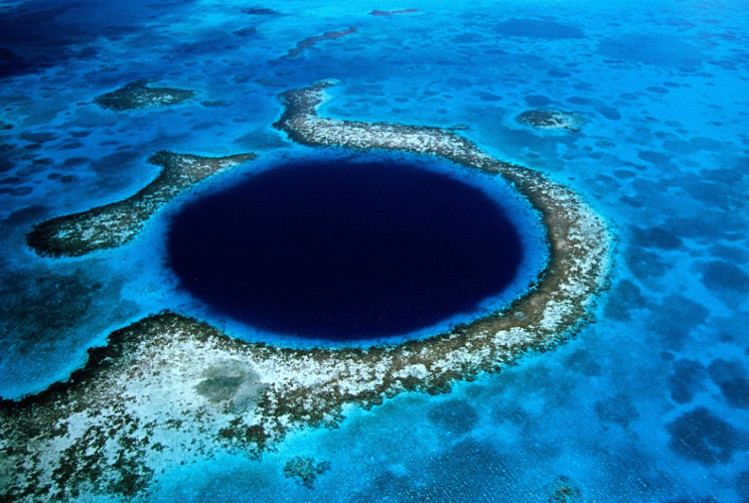
The diving: dwarfed only by Australia’s Great Barrier Reef, the Belize Barrier Reef Reserve System lies less than a mile from Caye Caulker. Its countless dive sites house everything from delicate sea fans to majestic coral gardens, but Belize's iconic Great Blue Hole, reached on a day trip from Caye Caulker, is best left to advanced divers.
Why learn here: course fees at this idyllic, low-key Caribbean island are among the highest in Central America, but the diving here is by far the best. Enquire at Frenchies and Belize Diving Services.
When to go: diving is year-round, with conditions near perfect around May. During the rainy season from December to April, seas can be choppy.
The diving: backpacker haven Utila enjoys access to the southern tip of the stunning Mesoamerican Barrier Reef System. Over-fishing has had an impact on marine life density around Utila, but new divers would never notice.
Why learn here: while the diving is arguably better at neighbouring Roatan, Utila courses are phenomenal value – sign up with Underwater Vision (utilascubadiving.com) or Utila Dive Centre. On Roatan, Ocean Connections (ocean-connections.com) is worth a look.
When to go: diving is year-round, but it’s worth visiting between March to April or September to December for a chance to spot whale sharks.
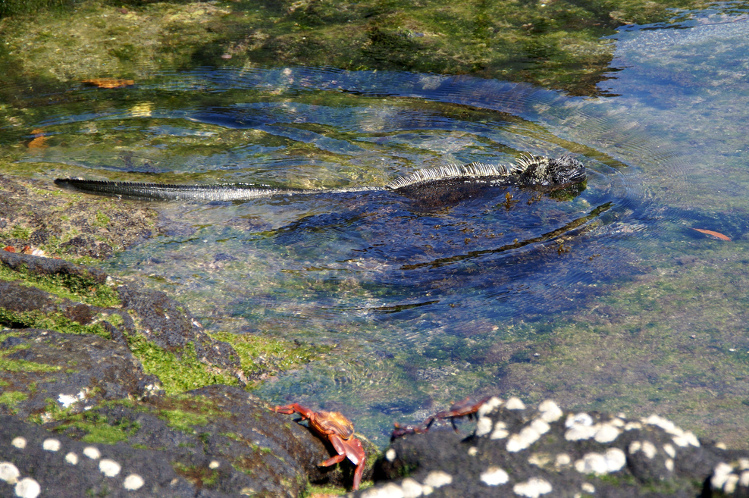
The diving: located at the convergence of three ocean currents, this otherworldly archipelago offers a truly unique diving experience. There’s not a lot of coral, but the (friendly) hammerhead sharks, sea lions, turtles, marine iguanas, rays and such should keep you entertained.
Why learn here: with its strong currents and chilly water, Galapagos diving can be challenging. But reputable dive outfits like Scuba Iguana and Macarron’s Scuba (macarronscubadiver.com.ec) in Puerto Ayora on main island Santa Cruz host their courses in the calmest spots. Freshly certified, you can shark spot at advanced sites like Gordon Rocks.
When to go: diving is generally year-round, but January to May offers the best weather for those planning to cruise in the region.
The diving: boasting easily accessible wrecks along with brilliant coral reefs, Vila provides the perfect warm-up for those hoping to tackle the SS President Coolidge, one of the world’s top wreck dives, over on Santo Island when certified.
Why learn here: perfect for wannabe divers with time constraints, Vila outfits, including Nautilus (nautilus.com.vu) and Big Blue cram open water courses into two-and-a-half days (as opposed to three or four). And resort-style lodgings, most with their own dive outfits, abound.
When to go: diving is year-round, with visitor numbers increasing from April to October when the water is particularly calm and clear.

The diving: located at the centre of the world’s ‘coral triangle’, the Philippines are considered to house the richest concentration of marine life on the planet, with 5000 species of clams, snails and mollusks alone.
Why learn here: surrounded by coral reefs, the Visayas (a central Philippine island group) are perfectly set up for divers. On Negros Island, plush Atmosphere Resort (atmosphereresorts.com) leads dives to the magnificent Apo reef, while those seeking something more Survivor-style (and the chance to spot thresher sharks) should make for Malapascua Island. Try Evolution (evolution.com.ph) on Malapascua. With lovely beaches and easy dive site access, Boracay Island is also popular. Try Free Willy Diving (freewillydiving.com) on Boracay.
When to go: diving is year-round, but the November to June dry season offers the warmest water and best visibility.
The diving: the best explored region of the Maldives, North Male Atoll is riddled with brilliant dive sites. Coral remains healthy despite widespread bleaching, but abundant tropical marine life is the big ticket, buoyed by warm water and great visibility. Popular sites include Banana Reef, Kuda Haa and Manta Point.
Why learn here: as most resorts offer good dive courses, choosing one will likely be determined by your accommodation budget. With the biggest dive centre in the region, Kurudu Resort (kuredu.com) is a good choice, while those seeking solitude may prefer to bed down at Robinson Crusoe-style Gili Lankanfushi which is partnered with Ocean Paradise Divers (oceanparadise.com.mv).
When to go: year-round diving is possible, but the best conditions prevail from November to April, when seas are calm and ocean currents attract manta rays.
